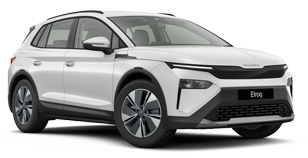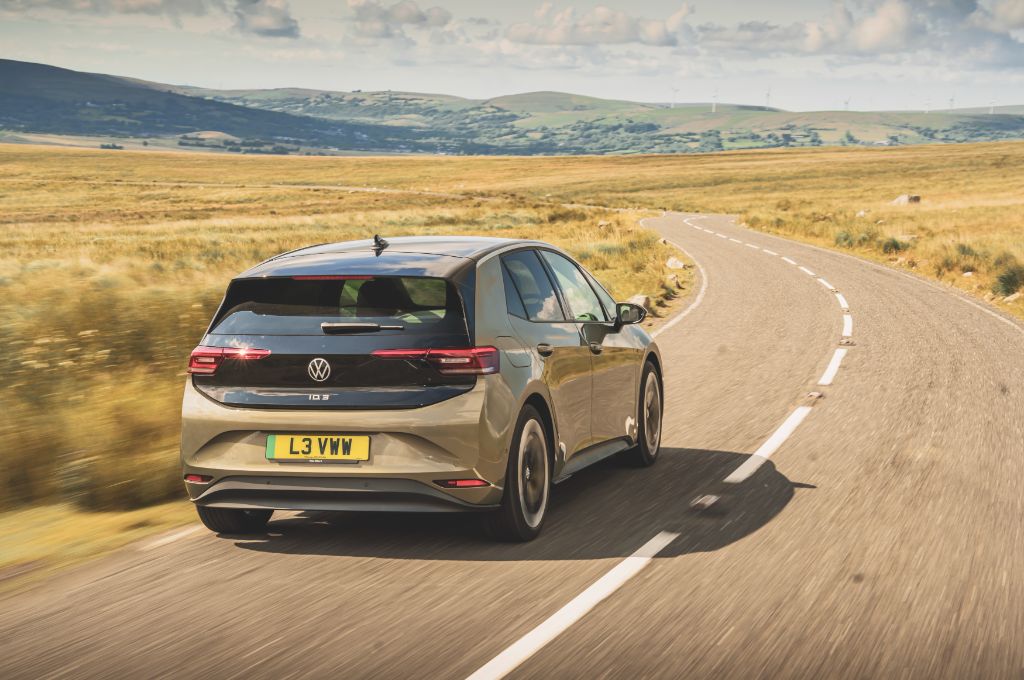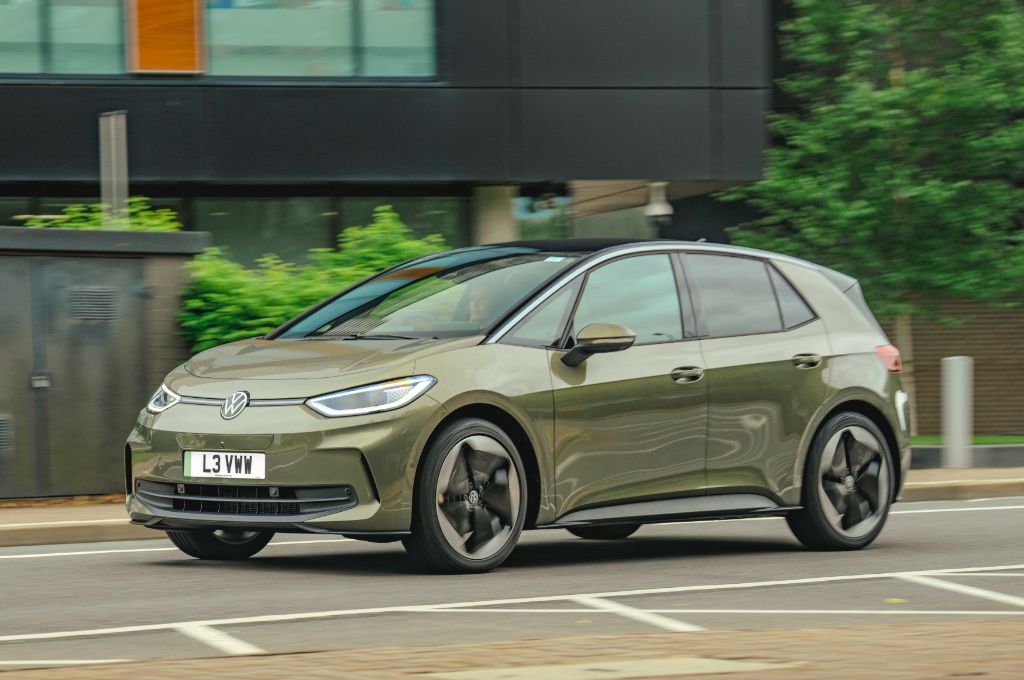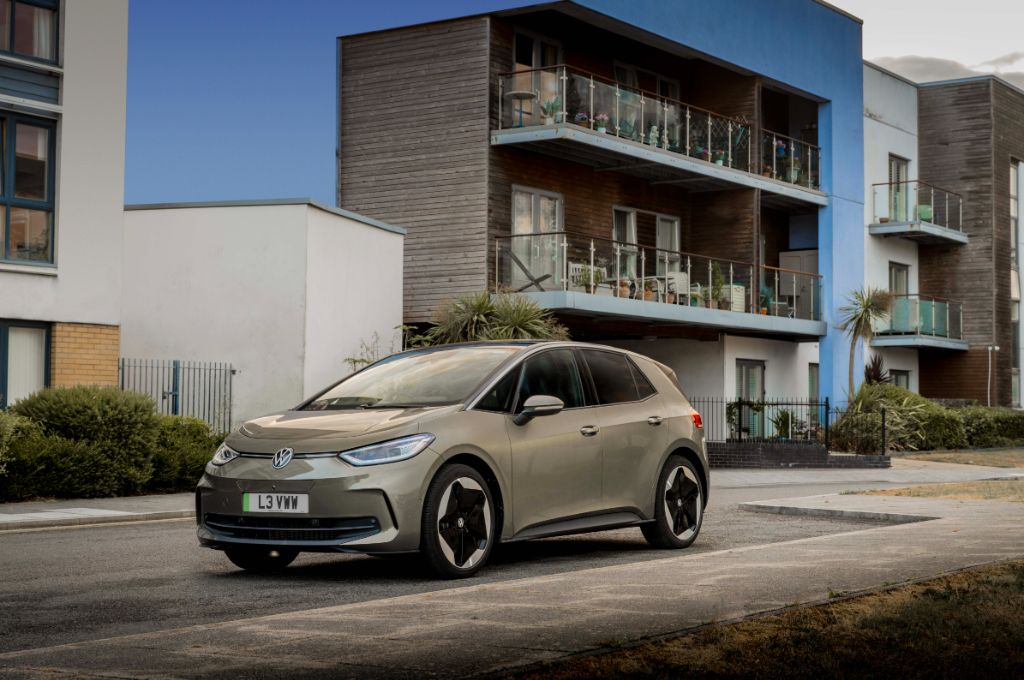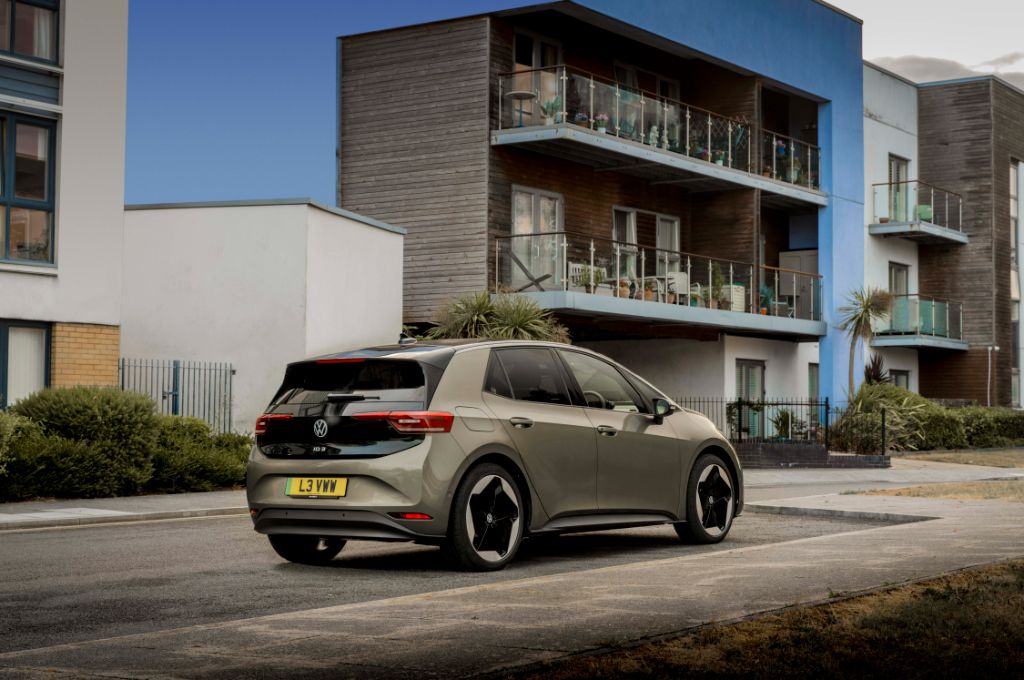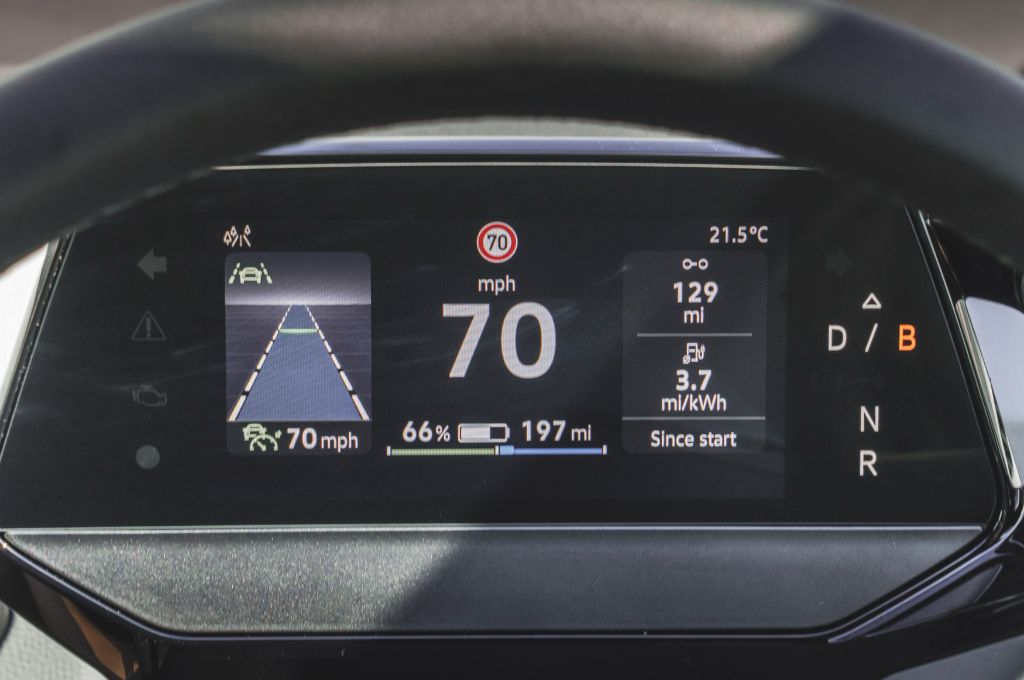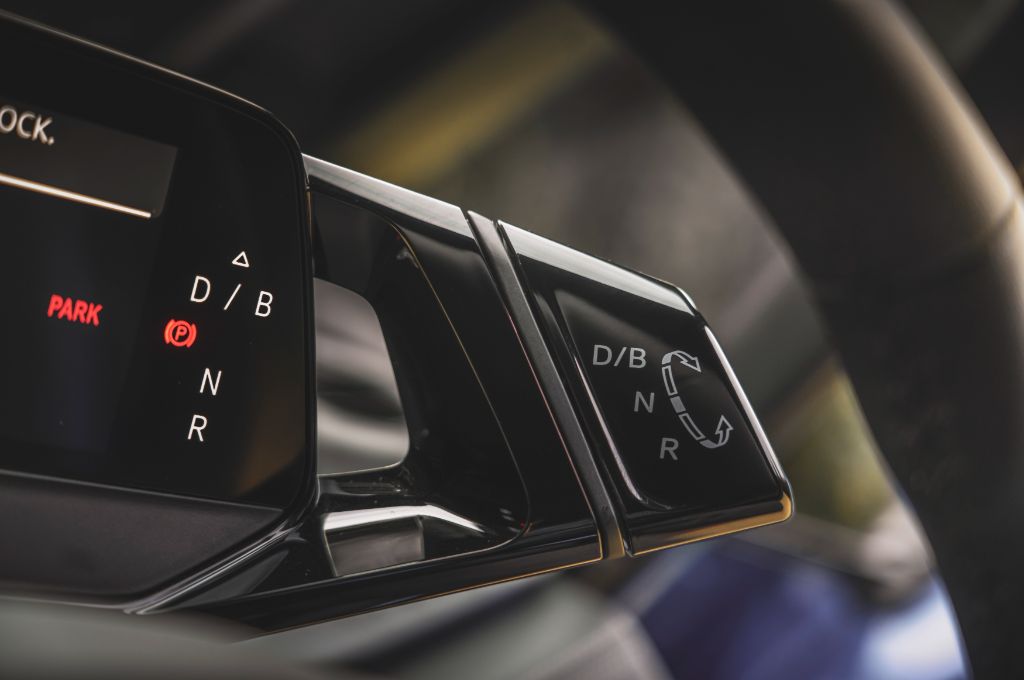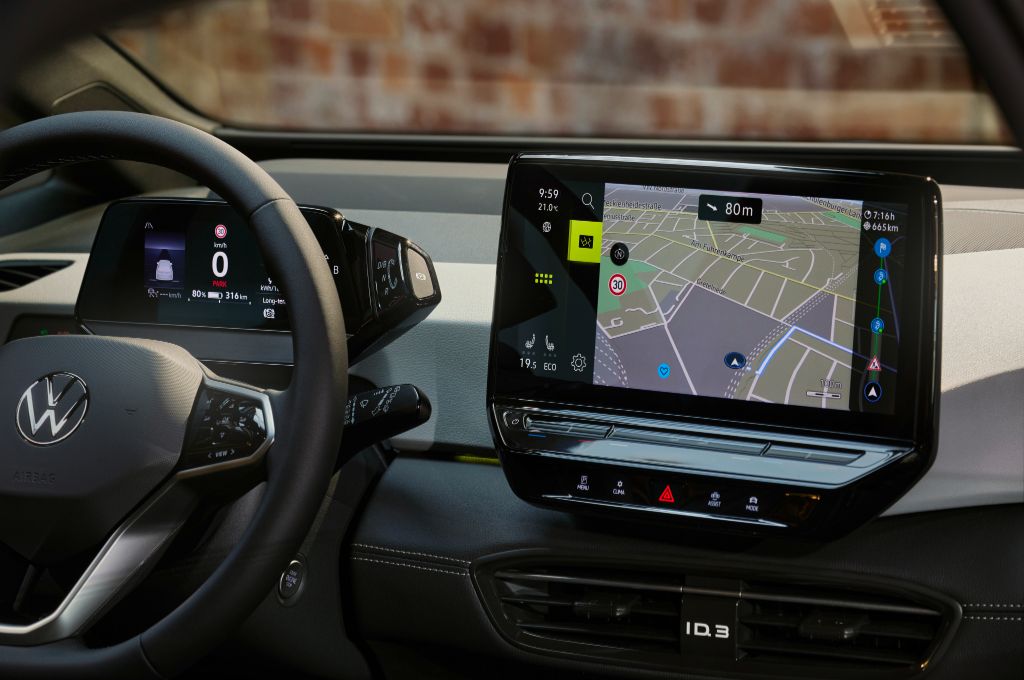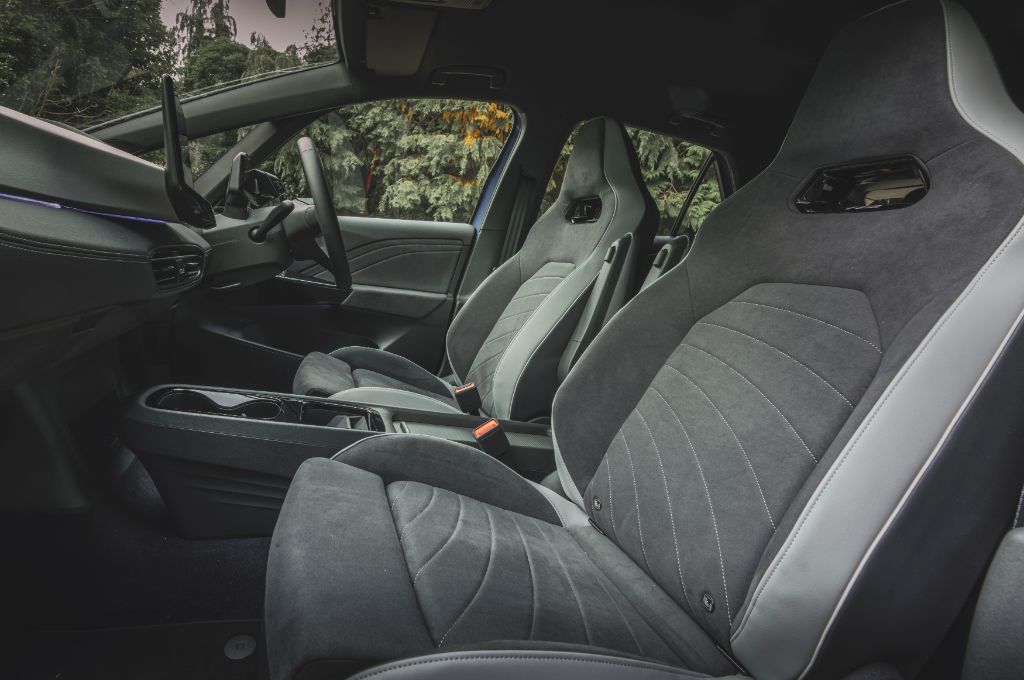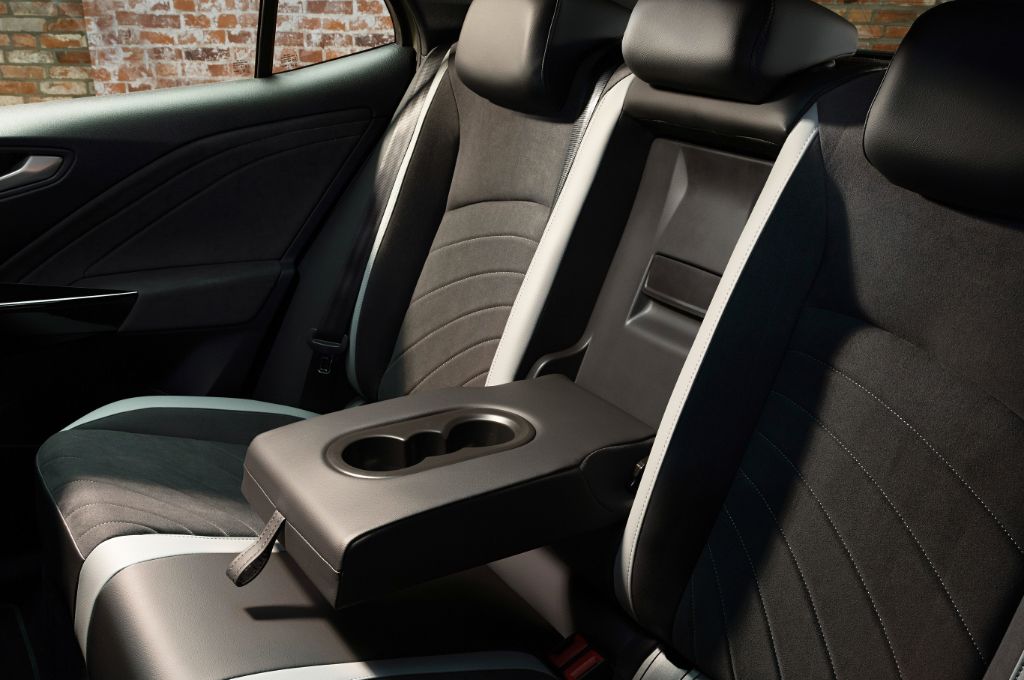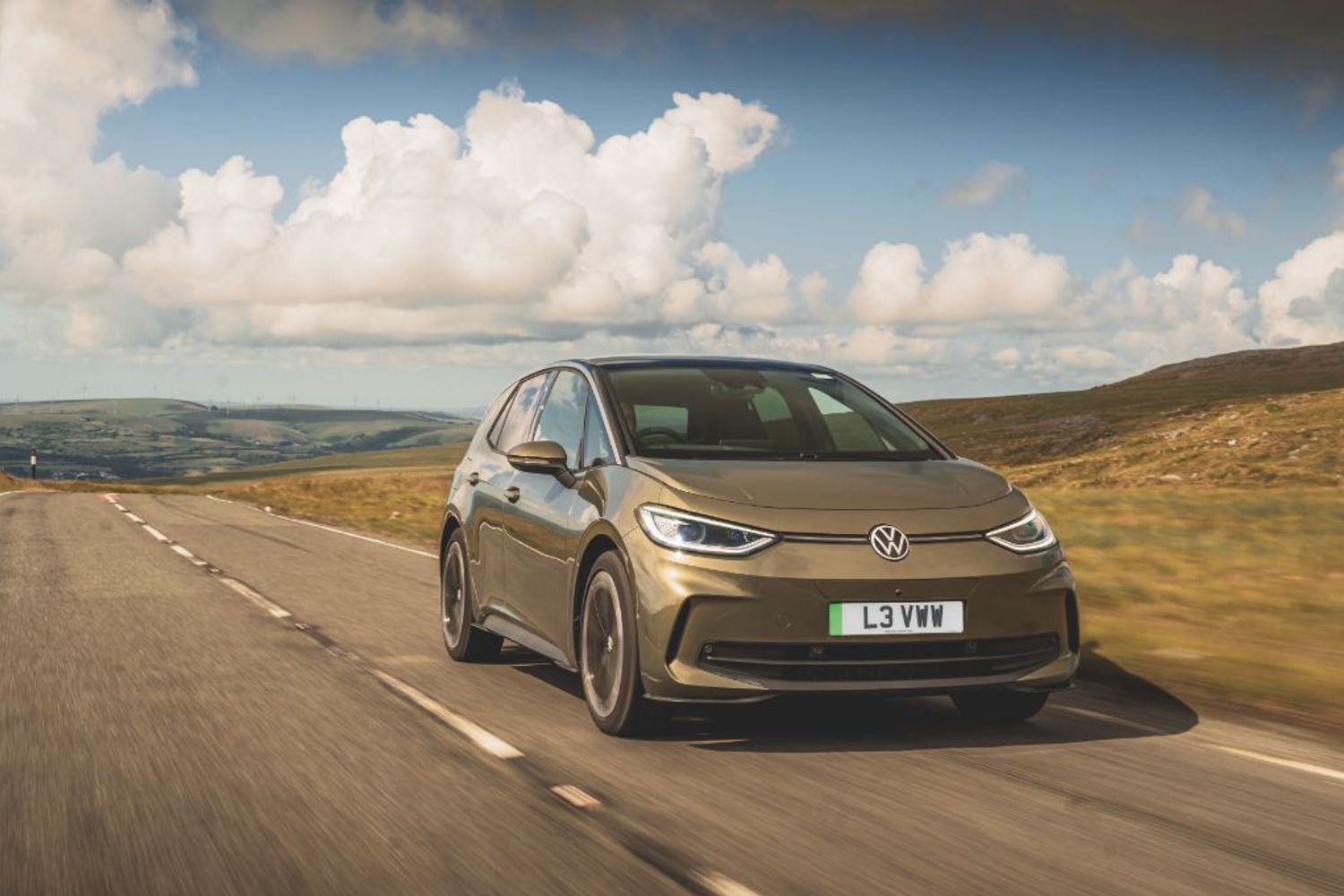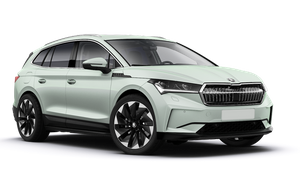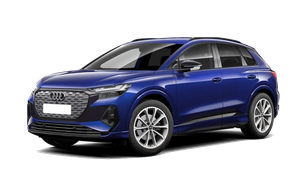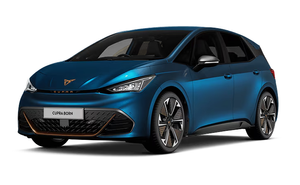Motors and performance
If you are looking for Tesla-style performance figures to impress small children and people at the bar in your local pub, the ID.3 isn’t going to be the car for you. Check out the Model 3 or MG4 XPower if you want startling pace in your electric car. But that’s not to say that the ID.3 is slow. Like most electric cars, it zips away from rest with a decent leap forward and can more than hold its own at motorway speeds, with nicely judged throttle response and confident acceleration when you want it. It’s very easy to drive, and if you need a bit of extra punch to overtake or pull onto a motorway from a slip road, the ID.3 takes care of it.
Al ID.3 models have the motor at the back and are rear-wheel drive. This set up gives it a lovely balance and in damp conditions, you experience none of the wheel spin that can affect front-wheel drive electric cars such as the Nissan Leaf and MG4.
Drive and handling
Volkswagen has been very careful to make sure that the ID.3 won't feel alien in the way it drives, to those coming to an electric car for the first time. Generally speaking, the ID.3 just feels like a normal car to drive only with that trademark seamless power delivery that electric cars benefit from.
If you want to play around on a nice road, the ID.3 will let you enjoy yourself and it feels secure, helped by the low centre of gravity – most of the heavy parts of the car are low down and under the floor. The weight is also split 50:50 between the front and back of the car, which helps it to feel balanced and stoic in corners and direction changes, too.
Perhaps the nicest surprise of the ID.3 is the steering though; It has a really tight turning circle, making it incredibly easy to park and turn in tight streets.
Ride comfort is good, although you will notice that very scruffy surfaces have the ID.3 fidgeting quite a bit, especially if it's on bigger wheels. You can add adaptive dampers which, peculiarly, are part of the Exterior Pack Plus that also features the panoramic glass roof - you can't add either option without the other. Which is a shame, as we like the glass roof but we wouldn't bother with the adaptive dampers, which don't dramatically improve ride comfort yet do seem to bring noticeably more body lean when in comfort settings. The ID.3 makes most sense when it's kept fairly affordable, anyway, so we'd just live with the roof and 'DCC adaptive chassis', as the standard suspension does a better job of balancing comfort and handling precision.
There's no one-pedal drive mode in the ID.3; brake regen' is quite mild, and only notches up a little bit even when you choose the heavier 'B' regen' mode. Rather like Peugeot, Vauxhall and Citroen, Volkswagen has deliberately chosen to stick with lighter brake regen' that feels similar to the engine braking that you get in a petrol car, to make the ID.3 feel more natural to the majority of drivers.
To help improve the ID.3's efficiency, electronics scan the road far ahead using cameras, radar and even the sat nav's information to ensure the motor is being used in the most efficient way. It will automatically start to decelerate before cross roads, cut the power on downhill gradients, observe speed limits and keep its distance from the car in front. Take your foot off the accelerator pedal you will roll for miles in idle mode, like cutting the engine on a petrol car as you're rolling down a hill.





